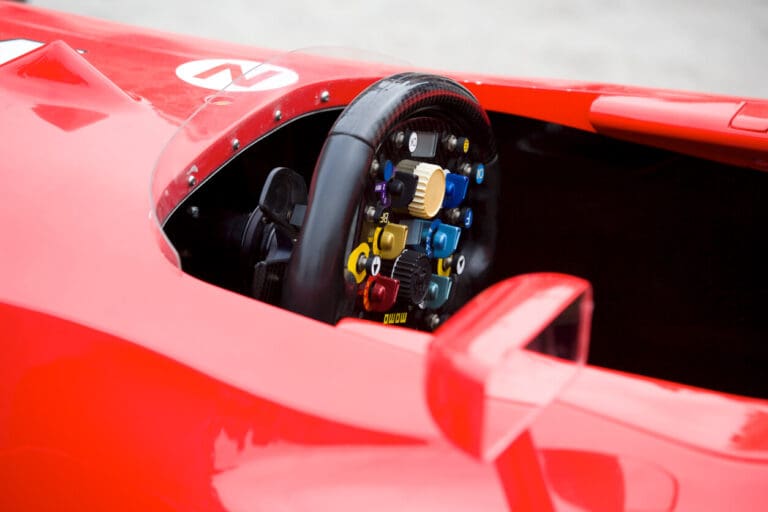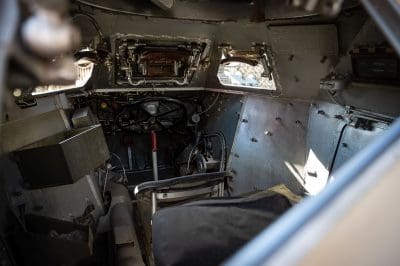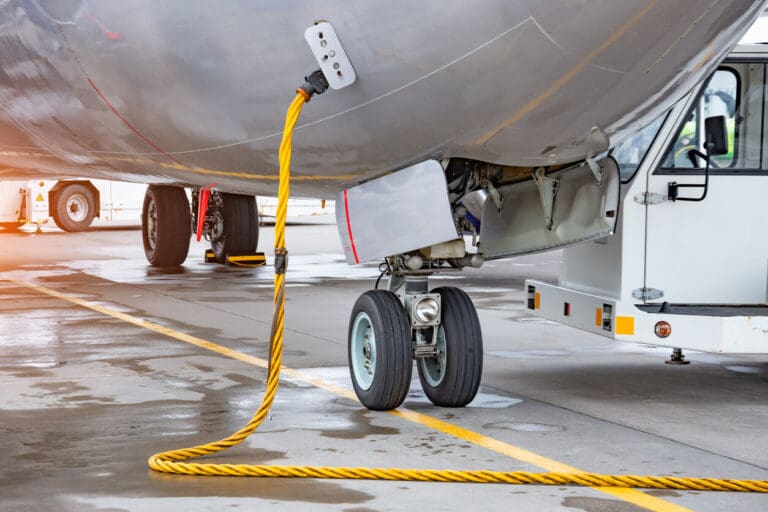
Are Motorsport Cables the Hidden Upgrade Behind Faster Lap Times?
Motorsport teams chase marginal gains in every area of the car, yet many still treat...
Read More
In the intricate and demanding realm of the military defence sector, the precision in manufacturing specialised cables plays a pivotal role. These cables are not just components but the backbone of military efficacy, bridging the gap between advanced technological capabilities and real-world applications. This blog aims to dissect the nuances of cable manufacturing specifically tailored to the needs of the military defence sector, a topic familiar to experts but worth exploring in depth.
The choice of materials and design in military cable manufacturing goes beyond conventional standards. We are looking at hybrid composites, incorporating materials like Kevlar for tensile strength and Teflon for insulation, coupled with advanced conductive cores, often involving silver-plated copper for enhanced conductivity and reduced signal loss. The focus is on balancing durability and performance efficiency, particularly in electromagnetic shielding effectiveness crucial in high-risk electronic warfare environments.
MIL-SPECs are a series of standardised guidelines and requirements issued by the United States Department of Defence. These specifications ensure that materials, components, and equipment meet the exacting demands of military applications. They encompass various criteria, including durability, reliability, functionality, and interoperability.
Adherence to MIL-SPEC standards is the cornerstone of military cable manufacturing. As experts, you recognise that these standards are not static; they evolve with technological advancements and changing field requirements. Keeping abreast of these changes and implementing them in manufacturing processes is a dynamic challenge. This involves meeting the current MIL-SPEC requirements, anticipating future modifications, and integrating scalability in design.
Integrating advanced technology into the manufacturing processes of military cables is a critical factor that sets apart modern manufacturing practices. This integration is multifaceted and involves various state-of-the-art technologies that enhance the end product’s efficiency and quality.
Nanotechnology is making significant strides in military cable manufacturing, offering unprecedented improvements in material properties and performance. By manipulating matter at an atomic or molecular scale, nanotechnology enables the creation of nanocomposites used in cable insulation and shielding. These nanocomposites, infused with nanoparticles, enhance traditional materials like,
This is particularly beneficial in military applications, where cables must withstand extreme environmental conditions without degrading. The addition of nano-fillers improves heat resistance and durability but also allows for the development of lighter, more flexible, yet equally strong cables.
Furthermore, nanotechnology is revolutionising the conductive cores of military cables. Nanostructured conductors offer improved electrical conductivity and superior electromagnetic interference (EMI) shielding, vital for maintaining secure and reliable communication in military operations. This advancement reduces signal loss, even over extended distances, enhancing the efficiency of military communication and electronic systems. The application of nanotechnology in cable manufacturing is a game-changer, propelling the industry towards creating cables that not only meet but exceed the rigorous demands of the military defence sector in terms of durability, efficiency, and performance.
As experts, you know that the sector faces challenges such as rapid technological obsolescence, regulatory compliance, and escalating R&D costs. However, these challenges are harbingers of opportunity – for innovation, developing competitive advantages, and establishing new industry standards.
The manufacturing of cables for the military defence sector demands innovation as much as precision. It’s an area where engineering excellence meets cutting-edge technology to produce components critical to national defence. For those deeply embedded in this sector, these challenges are not just obstacles but drivers of progress, pushing us towards new frontiers of technological advancement and operational efficiency.

Motorsport teams chase marginal gains in every area of the car, yet many still treat...
Read More
The wiring harness is a high-risk single point of failure in any complex system. If...
Read More
The wiring harness is the highest risk, lowest profile element in flight-critical infrastructure. When your...
Read MoreReady to talk cables, fibre or full network solutions? Get in touch with our team today, we’re here to help.